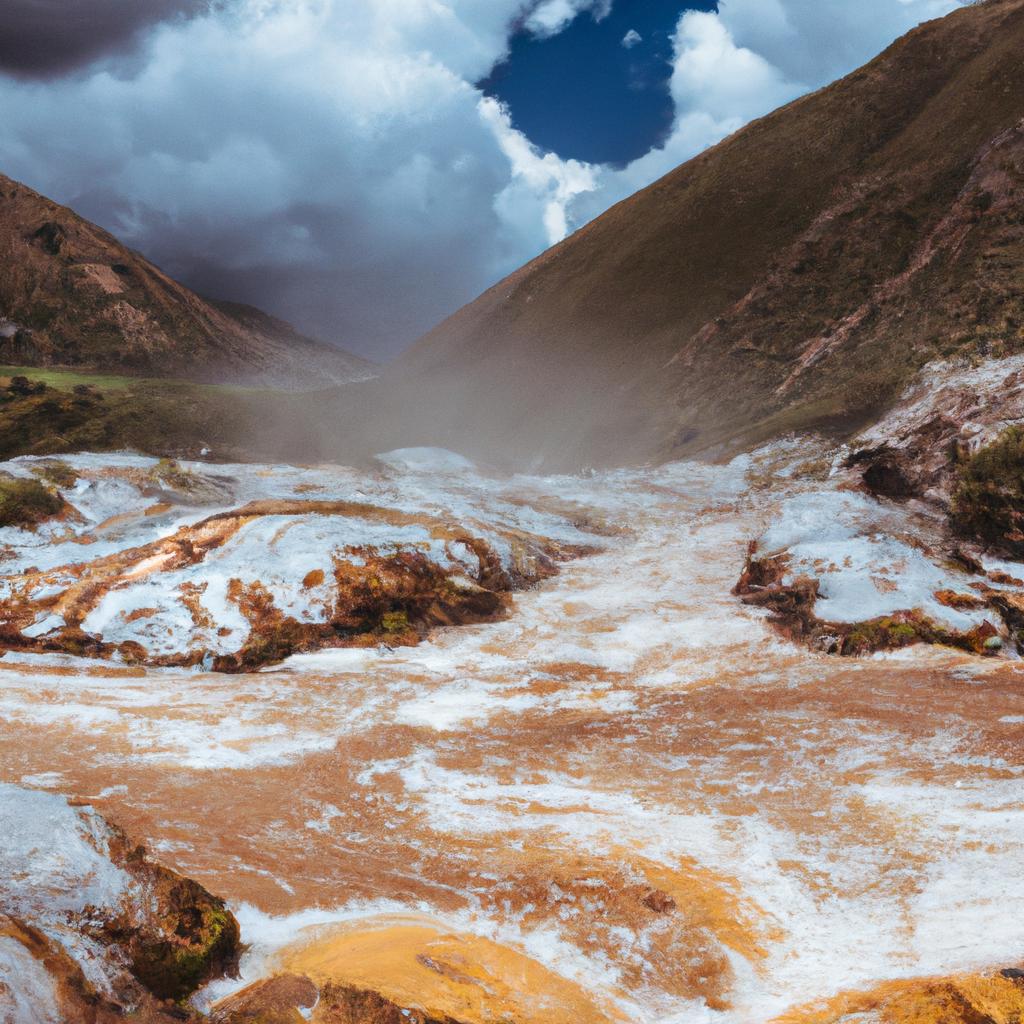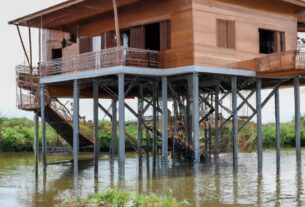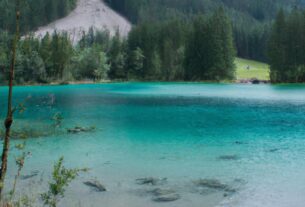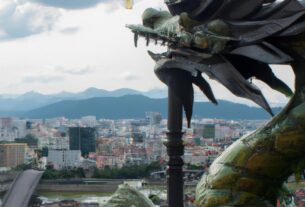Peru is blessed with one of nature’s most captivating phenomena – the boiling river. Nestled in the remote Amazonian region of Mayantuyacu, this incredible river stretches over 6 km and boasts temperatures reaching a scorching 80 degrees Celsius. Its unique characteristics have made it a source of fascination for scientists, researchers, and adventurers alike. In this article, we will delve into the location and features of the boiling river, scientific studies conducted, its cultural significance, and the ongoing conservation efforts.
Location and Features
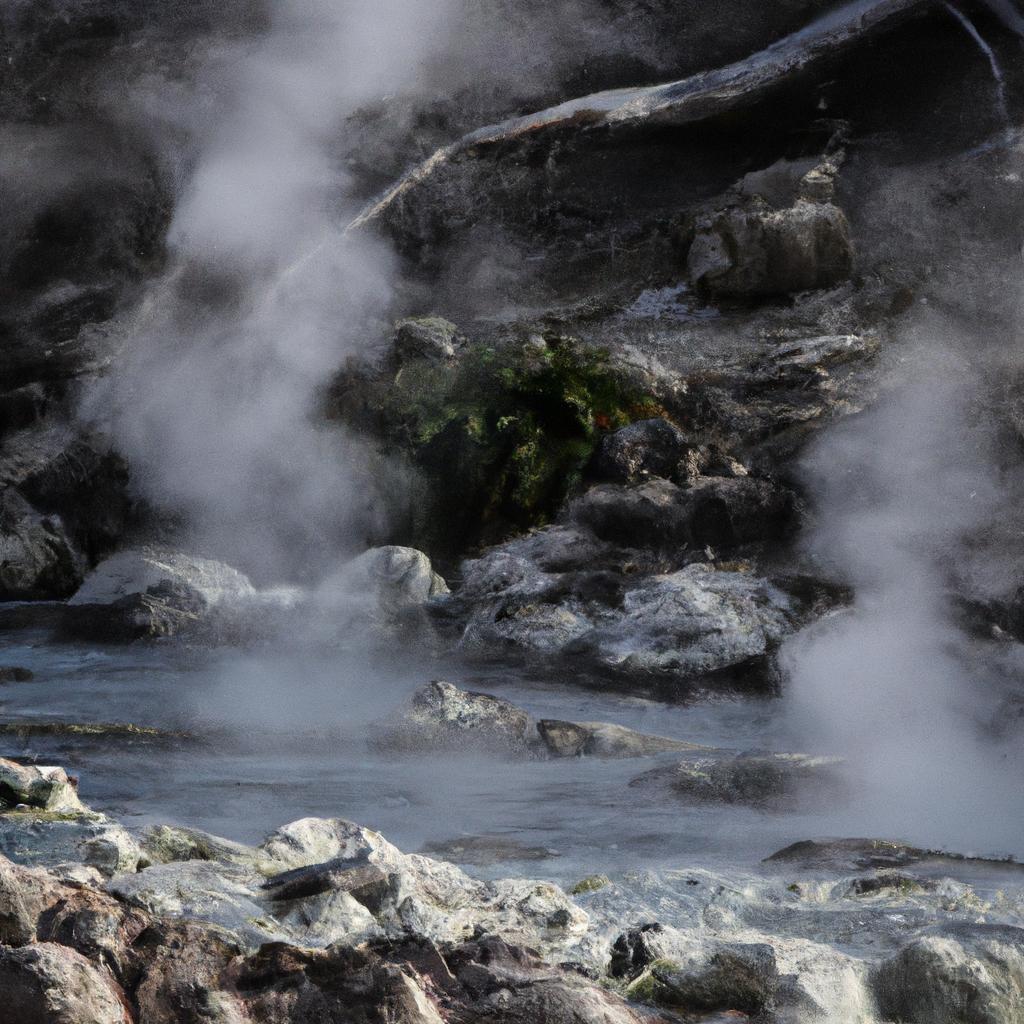
The boiling river, a tributary of the mighty Amazon River, winds its way through the majestic Andes Mountains. Beginning as a hot spring nestled within this mountain range, it meanders through Peru’s lush rainforest and finally merges with the Ucayali River. Surrounded by verdant greenery, it is a haven for nature enthusiasts and thrill-seekers alike.
What makes the boiling river truly extraordinary is its temperature. The water in this river is so scalding that it can boil small creatures alive. Its riverbed is adorned with a layer of sinter, a mineral deposit formed by the precipitation of dissolved minerals from the water. This sinter grants the riverbed a distinct texture and appearance, attracting photographers from around the globe. Despite these extreme conditions, the boiling river surprisingly teems with life, accommodating a diverse array of aquatic species such as fish, crabs, and insects that have adapted to its searing environment.
Scientific Studies
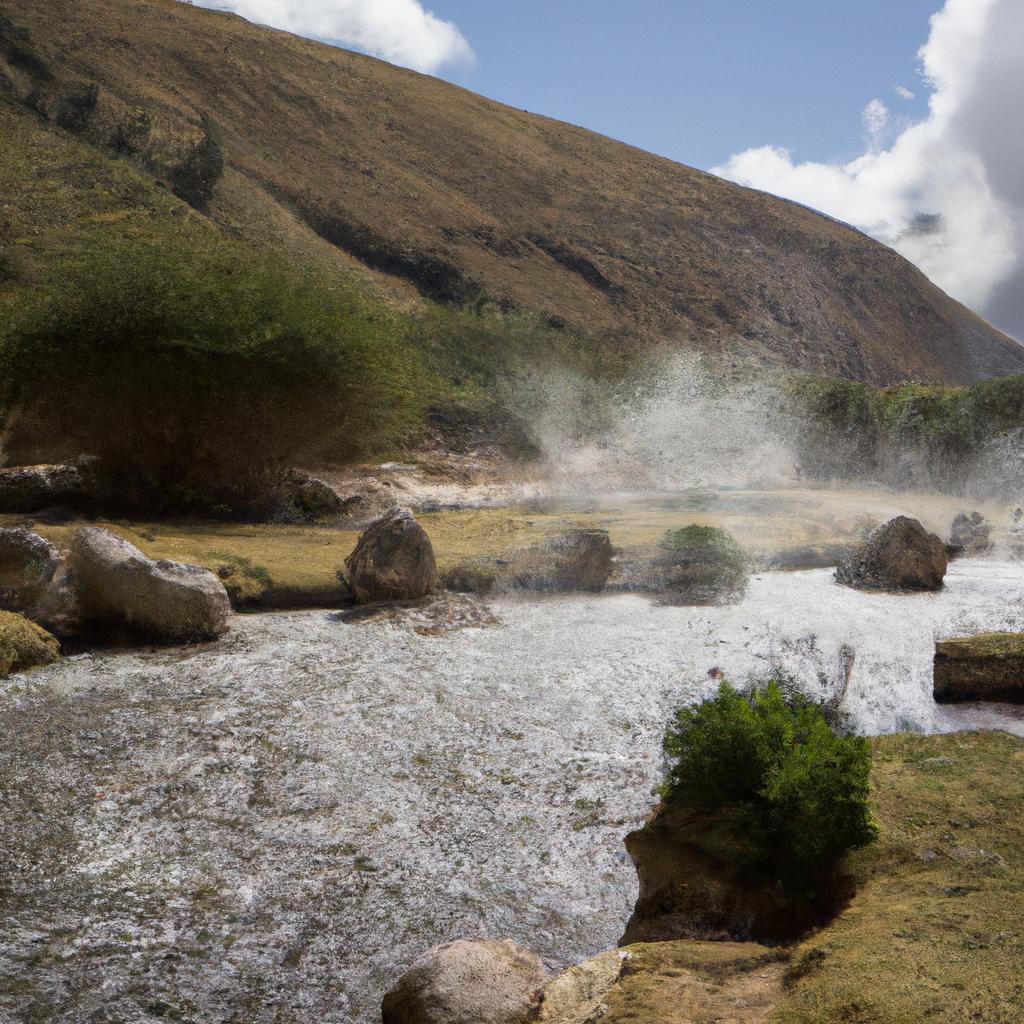
The boiling river’s unique nature has captivated the minds of scientists and researchers, leading to extensive studies exploring its geological, hydrological, and biological aspects. The river’s discovery can be attributed to Andrés Ruzo, a geophysicist, who first encountered it in 2011. Since then, numerous investigations have been conducted to unravel the mysteries that lie within its depths.
Contrary to earlier assumptions, scientific studies have revealed that the boiling river does not derive its heat from volcanic activity. Instead, it owes its searing temperatures to a geothermal system fueled by the Earth’s mantle. It is believed that the scalding water journeys through subterranean faults before emerging at the surface. Rich in minerals, the water possesses medicinal properties that are utilized by the local community for healing purposes.
Further research has unveiled the pivotal role played by the boiling river within the Amazon rainforest ecosystem. The hot water that flows into the Ucayali River serves as a nutrient source for the surrounding vegetation, providing vital energy to the forest. Additionally, the river acts as a barrier, safeguarding the region’s biodiversity and preventing the spread of invasive species.
Cultural Significance
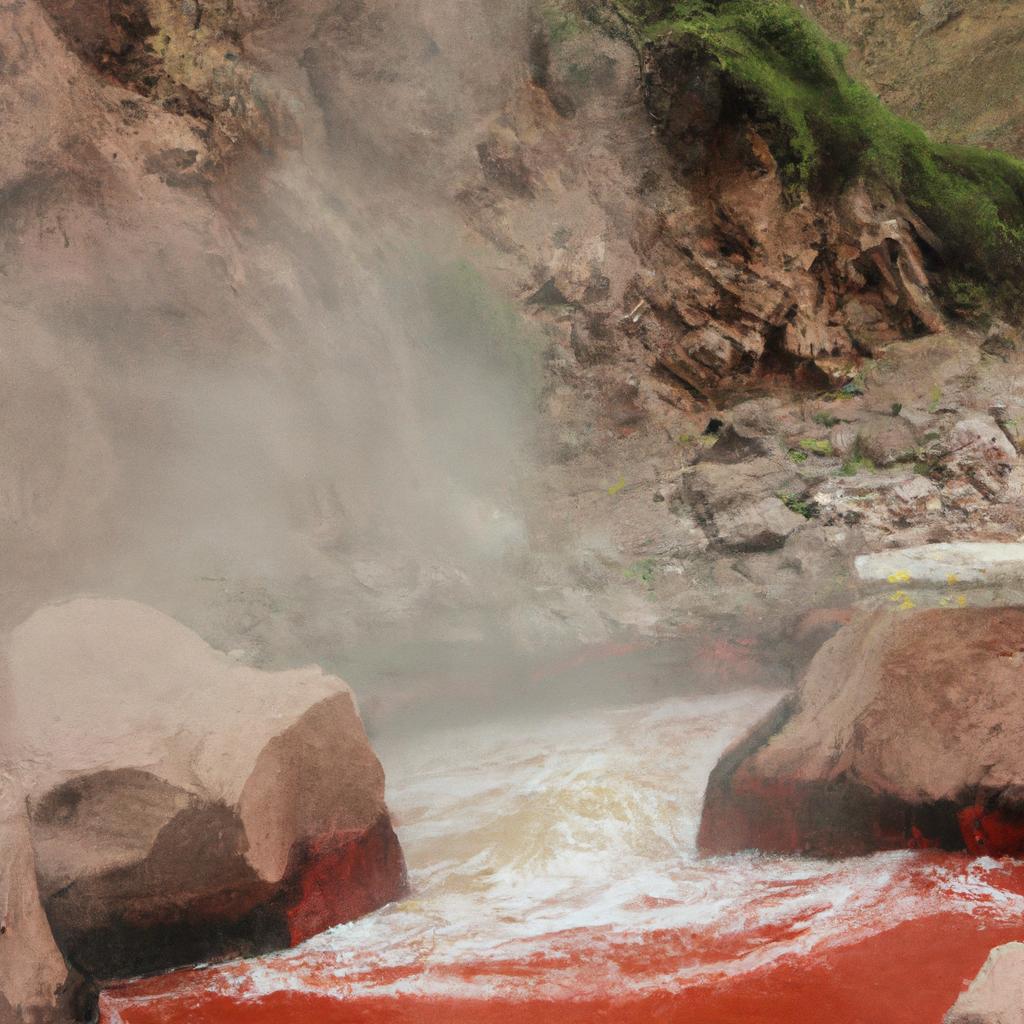
The boiling river holds profound cultural and historical significance for the local Asháninka people, who have resided in the area for centuries. They revere the river as a sacred site, believing it to be inhabited by powerful spirits and imbued with healing properties. Utilizing the hot water for both medicinal and spiritual purposes, they perceive it as a means of curing ailments and purifying the soul.
This remarkable river also boasts a rich folklore. Legend has it that it was created by the overwhelming love of a revered shaman who faced rejection from a beautiful princess. The shaman’s endless tears gave birth to the remarkable boiling river. This enchanting creation tale has been passed down through generations, becoming an integral part of the local cultural heritage.
It comes as no surprise that the boiling river has become a sought-after destination for tourists worldwide. Its extraordinary characteristics and cultural significance make it an ideal spot for those in search of adventure and spiritual enlightenment. Moreover, this influx of tourists has provided economic opportunities for the local community, generating revenue and creating employment. Nonetheless, with the rise in tourism, concerns have arisen regarding the potential impact on the delicate ecosystem, emphasizing the need for sustainable tourism practices.
Conservation Efforts
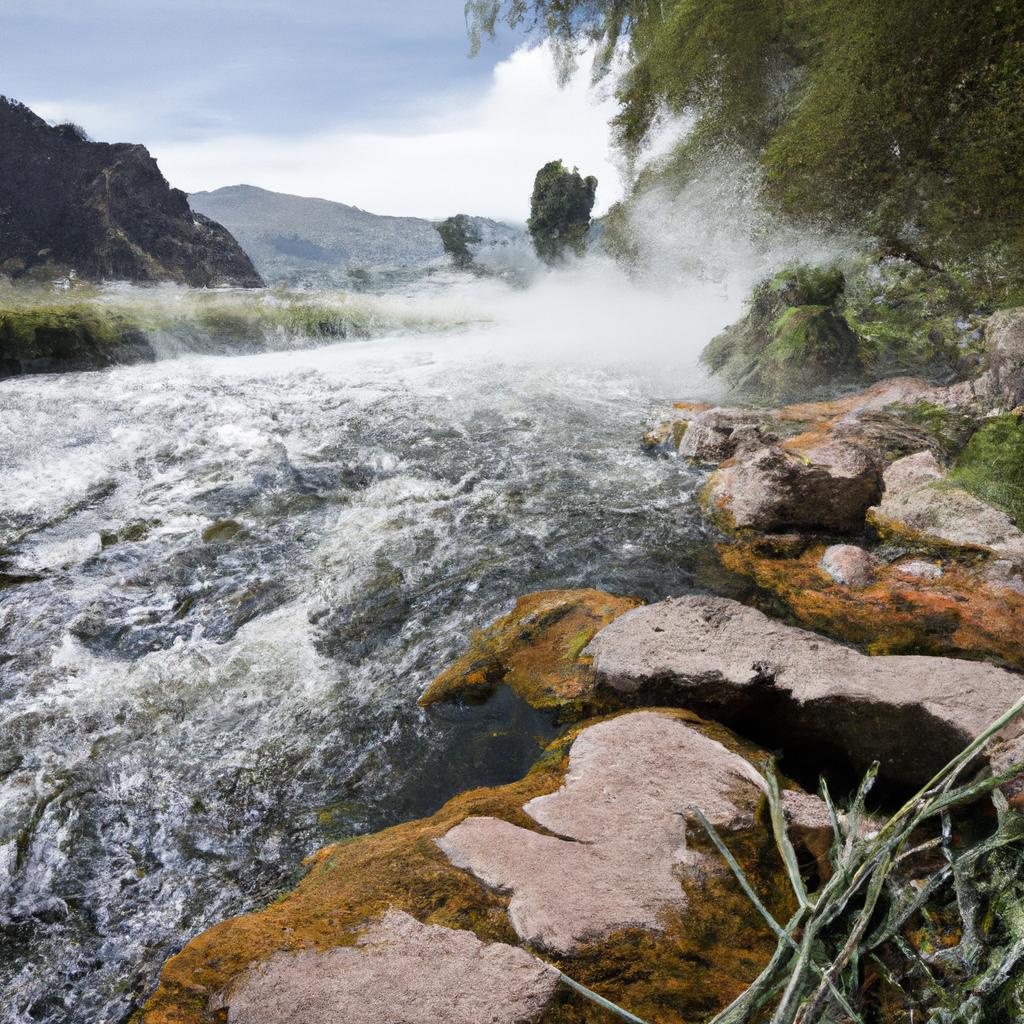
Despite its immense value and ecological importance, the boiling river faces numerous threats. The surge in tourist visits has led to pollution, deforestation, and damage to the riverbed. Additionally, the local community has been utilizing the hot water for mining activities, further degrading the river’s fragile ecosystem. Climate change and deforestation compound these challenges, potentially exerting long-term effects on the river’s temperature and flow.
To counteract these threats, both the government and local communities have undertaken various conservation initiatives. The government has designated the boiling river as a protected area and implemented regulations to control tourism and mining activities. Concurrently, the local community has actively engaged in safeguarding their beloved river, undertaking reforestation efforts to mitigate deforestation and promoting sustainable tourism practices.
Conclusion
In conclusion, the boiling river in Peru stands as a testament to the marvels of nature that captivate people worldwide. Its exceptional qualities and indispensable role in the ecosystem have fueled scientific research projects and spurred efforts to ensure its conservation. However, the mounting challenges posed by pollution, deforestation, and climate change necessitate prompt action from both the government and local communities. By joining forces to preserve this natural wonder, we can ensure that future generations will have the opportunity to witness and appreciate the breathtaking beauty of the boiling river in Peru.
As an online platform dedicated to nature, gardening, and animals, TooLacks encourages readers to explore the mesmerizing boiling river and other awe-inspiring natural wonders that grace our planet. Let us all play our part in protecting and preserving the remarkable beauty gifted to us by Mother Earth for the generations to come.
